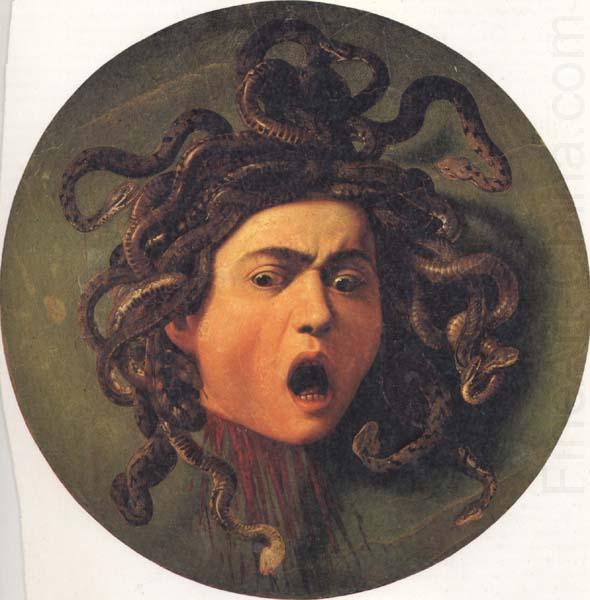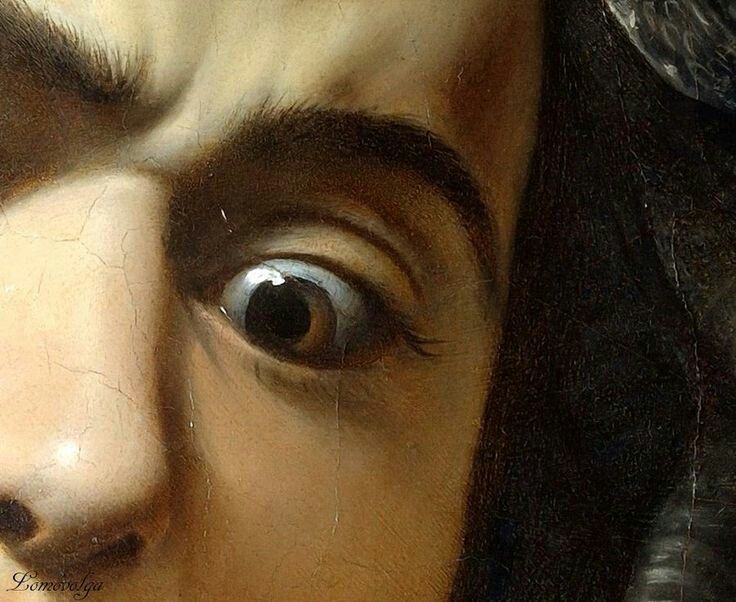


The Counter-Reformation needed a different kind of art, and there soon emerged two exceptional practitioners – first, the painter Michelangelo Merisi da Caravaggio (1571-1610), then the sculptor (and architect) Gian Lorenzo Bernini (1598-1680). The Roman Catholic church, spooked by the rise of Protestantism, had decided that, to retain and win back its flock, it needed to appeal to them directly, personally and emotionally. It happened around the turn of the 17th century in Rome. Rome, Musei Capitolini, Palazzo dei Conservatori © Pinacoteca Capitolina. Marble with traces of original patina, (h)46 cm. Gian Lorenzo Bernini, Medusa, Rome, 1638–40.

That is what this show is about: the shift in European art from the divine and ideal to the human and emotionally real. You would look pained, too, if your beautiful hair was transforming into a terrible turban of serpents that would petrify all-comers. View her from the left and her face is calm from the right, her forehead puckers and her mouth tenses into a pained expression. This Medusa will not turn you to stone she is the one carved of cold marble – yet astonishingly, dynamically alive. The first sight in this remarkable exhibition at the Rijksmuseum is Gian Lorenzo Bernini’s head of Medusa, wigged in a writhing mass of snakes at once tactile and repellent. Michelangelo Merisi da Caravaggio, The Crowning with Thorns, Rome, c1603 (detail). Caravaggio-Bernini: The Baroque in Rome This is the first major exhibition to pair the greatest painter of the baroque period with its greatest sculptor, along with several of their most accomplished followers.


 0 kommentar(er)
0 kommentar(er)
